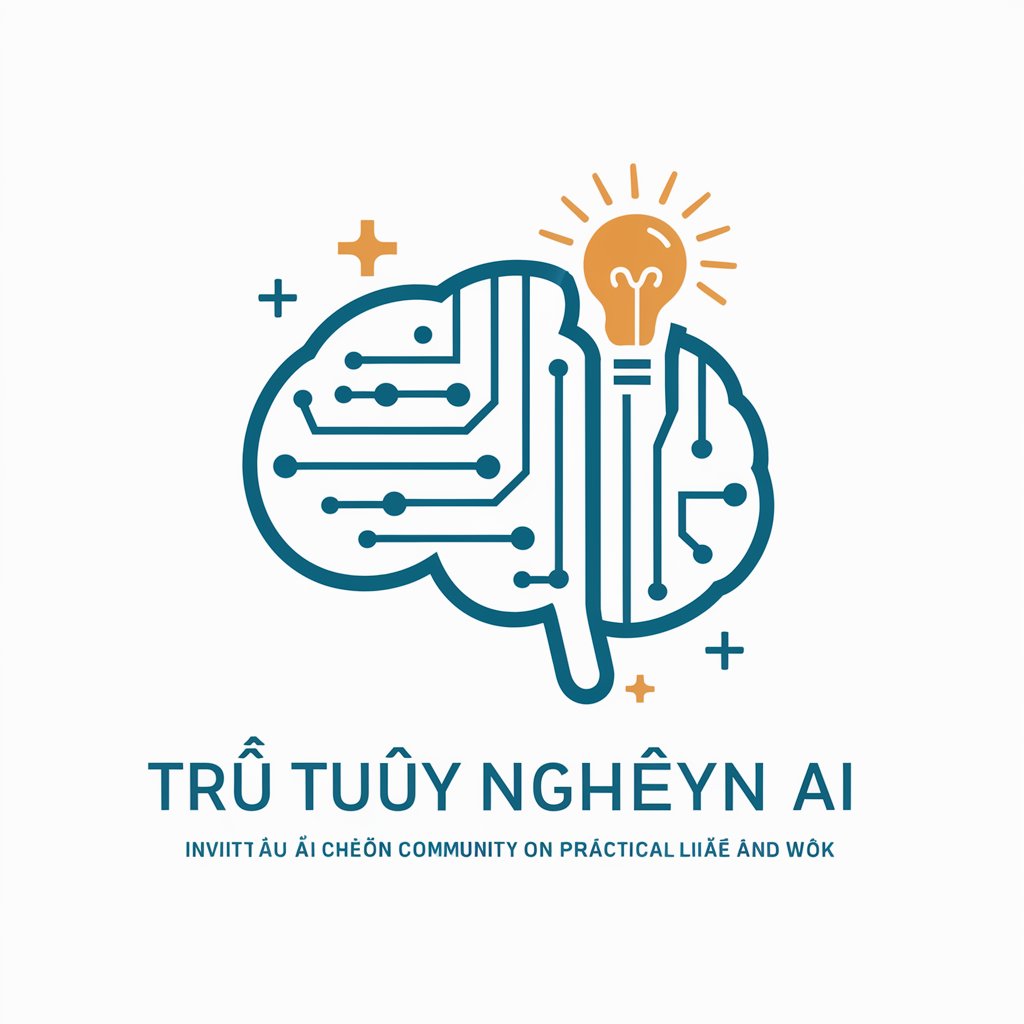FastAPI - High-Speed API Development

Welcome! How can I assist you with FastAPI today?
Empowering Developers with AI-Powered API Creation
How can I optimize performance in FastAPI applications?
What are the best practices for deploying FastAPI?
Can you explain how to use dependencies in FastAPI?
How do I handle authentication and authorization in FastAPI?
Get Embed Code
Introduction to FastAPI
FastAPI is a modern, fast (high-performance), web framework for building APIs with Python 3.7+ based on standard Python type hints. Its key feature is its ability to automatically generate interactive API documentation using Swagger UI and ReDoc, thanks to its use of Python type hints and Pydantic models. This leads to easier development, less debugging time, and automatic validation of data. For instance, in a scenario where an API is required to handle user data and provide responses, FastAPI's automatic validation ensures that the received data conforms to the defined schema, significantly reducing the likelihood of runtime errors. Powered by ChatGPT-4o。

Main Functions of FastAPI
Automatic Data Validation
Example
Using Pydantic models for request bodies
Scenario
Ensuring that incoming data for a user registration API meets specified criteria (like username and password formats)
Dependency Injection
Example
Using FastAPI's Depends to manage shared resources
Scenario
Creating reusable components for database connections or user authentication, which can be easily integrated into different API endpoints
Asynchronous Code Support
Example
Using async and await for handling asynchronous operations
Scenario
Improving performance in I/O-bound operations like accessing databases or making HTTP requests in a high-traffic API
OAuth2 Authentication and JWT
Example
Implementing security with OAuth2 and JWT tokens for user authentication
Scenario
Securing an API where endpoints need to differentiate between user roles and permissions
Automatic Interactive Documentation
Example
Generating documentation using Swagger UI and ReDoc
Scenario
Providing real-time, up-to-date API documentation for developers and stakeholders, facilitating easier testing and integration
Ideal Users of FastAPI Services
Backend Developers
Professionals who focus on building efficient, scalable server-side software. They benefit from FastAPI's fast performance, ease of use, and automatic validation features.
Data Scientists
Individuals who need to quickly expose machine learning models as RESTful APIs. FastAPI's asynchronous support and scalability make it suitable for serving machine learning models.
DevOps Engineers
Those responsible for deployment and management of API services. They benefit from FastAPI's compatibility with Docker and Kubernetes, enabling easy deployment and scaling.
Frontend Developers
Developers working on the client-side who require a reliable backend service. FastAPI's automatic interactive documentation aids in seamless frontend-backend integration.

Utilizing FastAPI: A Step-by-Step Guide
1
Visit yeschat.ai for a free trial without login, also no need for ChatGPT Plus.
2
Install FastAPI and an ASGI server like Uvicorn. Use `pip install fastapi[all]` to install FastAPI along with all recommended dependencies.
3
Define your data models using Pydantic and create FastAPI endpoints. Utilize async functions for non-blocking operations.
4
Test your API using FastAPI's automatic interactive API documentation (Swagger UI) to ensure it meets your requirements.
5
Deploy your FastAPI application using tools like Docker or cloud services like AWS, Heroku, or Google Cloud.
Try other advanced and practical GPTs
NGHIỆN AI
Enhancing Productivity with AI Power

3d Icon generator
Crafting Icons with AI Precision

Poem Writer Creator
Inspire with AI-crafted Poems

Fine Tuner Assistant
Simplifying AI Fine-Tuning for Everyone

ChatGIS
AI-powered Geospatial Intelligence at Your Fingertips

Ideal Partner Manifester
Bring Your Ideal Partner to Life with AI

TruthGPT
Empowering clarity with AI-driven Musk insights.

Image Recreator
Revolutionizing Image Recreation with AI

The Master of Quantum Mysteries
Unlocking the mysteries of quantum physics with AI.

Generate 5 SEO-optimized GBP
Elevate Your Google Business Profile with AI
Study Guide AI 📚
Empowering learning through AI-powered quizzes

Coloring Pic AI
AI-Powered Imaginative Coloring Fun

In-Depth Q&A on FastAPI
How does FastAPI handle data validation and serialization?
FastAPI uses Pydantic models for data validation and serialization, ensuring type safety and error handling.
What makes FastAPI suitable for building high-performance APIs?
FastAPI is built on Starlette for the web parts and Pydantic for the data parts, allowing for high-speed data processing and async support.
Can FastAPI integrate with databases and ORM tools?
Yes, FastAPI can be integrated with various databases and ORM tools like SQLAlchemy, providing flexibility in database operations.
How does FastAPI support authentication and authorization?
FastAPI provides multiple ways to handle authentication and authorization, including OAuth2 with Password (and hashing), JWT tokens, and more.
Is FastAPI suitable for microservices architecture?
Yes, its lightweight nature and scalability make FastAPI an excellent choice for microservices architectures.
